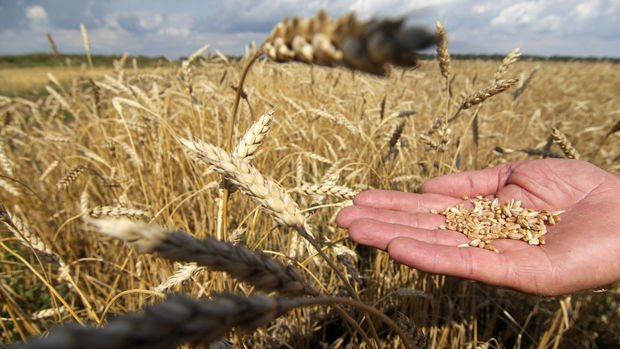Turkey's bread wheat sufficiency rate dropped to 79.9 percent
Turkish Statistical Institute (TurkStat) has published the Plant Products Balance Tables for the 2021-2022 season. Turkey's bread wheat sufficiency degree decreased to 79.9 percent. Turkish Statistical Institute (TurkStat) has published the Plant Products Balance Tables for the 2021-2022 season. According to TurkStat data, the degree of domestic production meeting domestic demand (sufficiency degree) for total cereal products in the 2021-2022 market period was 80.3 percent. The sufficiency degree of wheat, which has the largest share in total cereal production, was 87.3 percent (151.8 percent for durum wheat, 79.9 percent for other wheat), the sufficiency degree of barley, which is the most important input of the feed industry, was 66.8 percent, the sufficiency degree of corn was 76.6 percent, and the sufficiency degree of soybean was 6 percent. The degree of sufficiency in bread wheat, which decreased to 79.9 percent in the 2021-2022 season, was at 89.2 percent in the 2020-2021 season. While the degree of sufficiency in rice was 75.4 percent, it was 83.4 percent in dry legumes. While the degree of sufficiency was 106.7 percent in dry beans, it was 57 percent in red lentils and 50.9 percent in green lentils. The said rate was 96 percent in chickpeas. While the degree of sufficiency in sunflower was limited to 59.6 percent, it was 95.4 percent in sugar. In fruits and beverage plants, the highest degree of sufficiency in the 2021-2022 market period was realized in hazelnuts with 560.9 percent. It was seen that all fruits in the citrus group were self-sufficient. A large portion of the total tea supply is met by our own production, and the degree of sufficiency of tea was 97.9 percent. The degree of sufficiency in almonds was 82.2 percent, while it was 84.6 percent in walnuts. For the total of vegetable products, the degree of domestic production meeting domestic demand in the 2021-2022 market period was 113.5 percent. The highest degree of sufficiency in vegetables was 124.2 percent in carrots, 123.7 percent in tomatoes, and 121.5 percent in fresh peas. Product balance tables are known as tables that compare the supply sources and usage patterns of agricultural products over a specific reference period and reveal them in detail. The degree of sufficiency published by TÜİK shows the extent to which a region's usable production (domestic production) can meet the demand or domestic use (all needs of humans, animals, and industry) of that region. This is also called the "degree of sufficiency" in short. A value below 100 represents a situation where production cannot fully meet domestic demand. A value greater than 100 indicates the existence of exportable and/or stockable quantities that exceed normal domestic needs.


